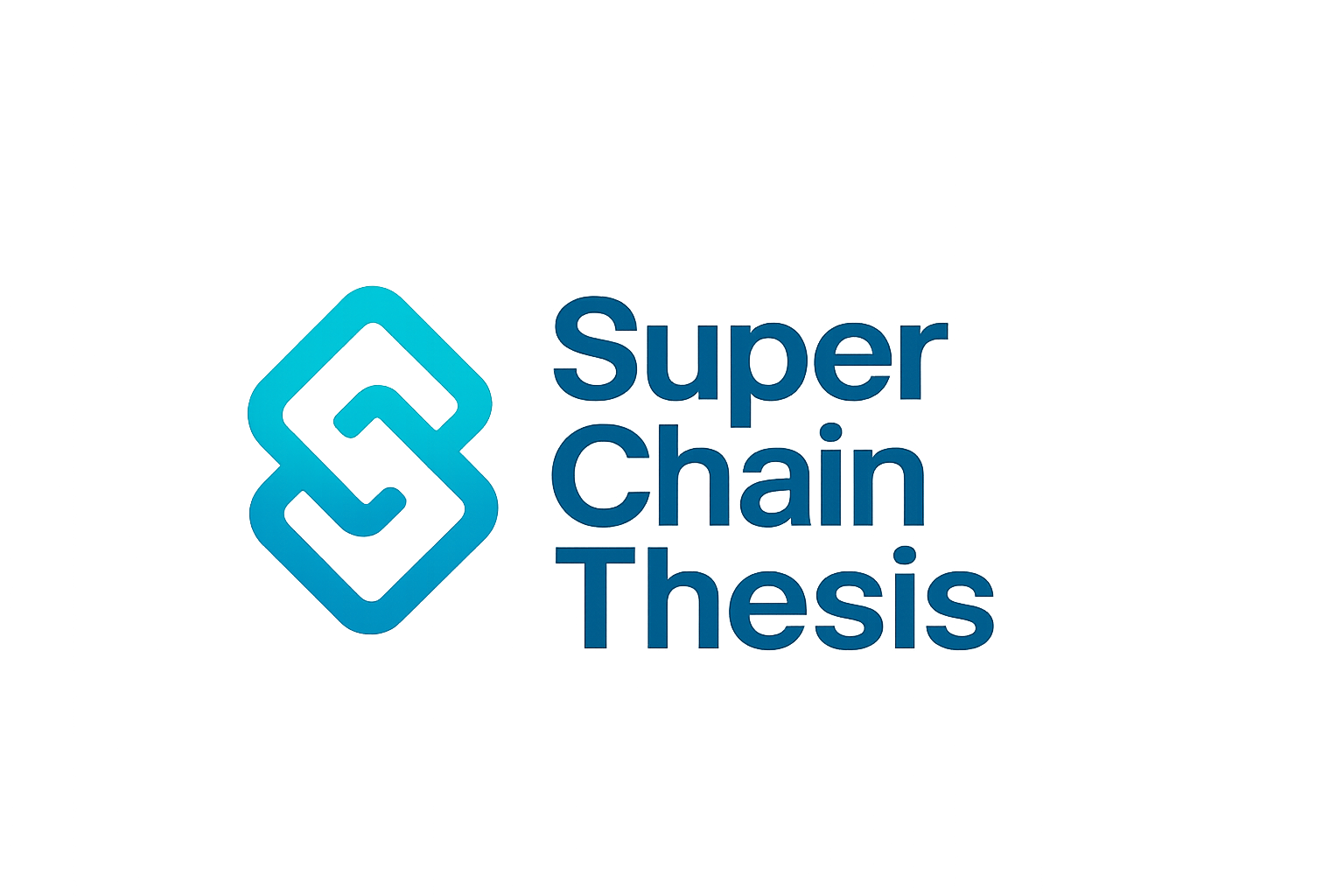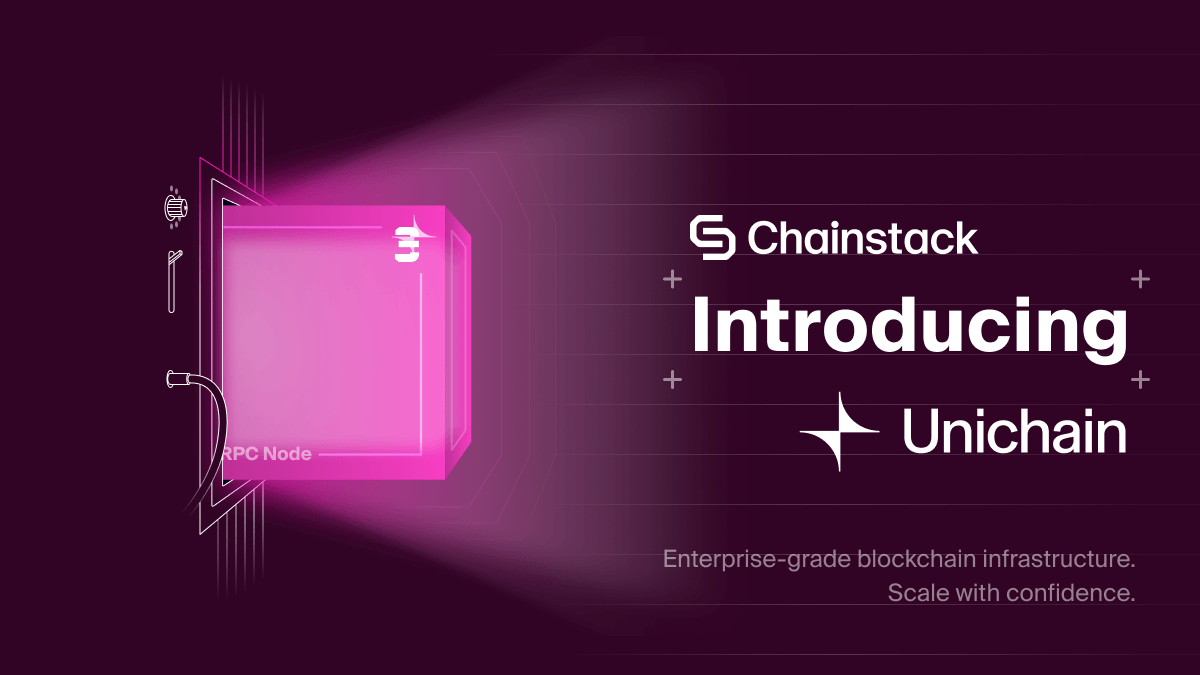
The Superchain is rapidly emerging as one of the most ambitious responses to Ethereum’s scalability and interoperability challenges. At its core, the Superchain is a network of Layer 2 (L2) chains, called OP Chains, that share security, a communication layer, and an open-source technology stack. This approach is powered by the OP Stack, a modular framework that standardizes how new rollups are built and how they interact with each other. But what sets this architecture apart isn’t just its modularity, it’s the bold vision for seamless multi-rollup interoperability, which is now taking shape across the OP ecosystem.

Why Interoperability Matters in a Multi-Rollup World
As more projects spin up their own L2s using the OP Stack, fragmentation becomes a real risk. Assets, liquidity, and user experiences can become siloed, undermining the very scalability gains that rollups promise. To address this, Optimism has introduced a native interoperability protocol layer, a set of standards and tools designed to unify all OP Chains under one interoperable umbrella. This isn’t just technical hygiene; it’s essential for unlocking network effects across the Superchain.
“The Superchain will be unified by a native interoperability standard that allows fault proofs over multiple chains at once. “
This vision is already being realized through several key components:
Key OP Stack Interoperability Features for Superchain Devs
-
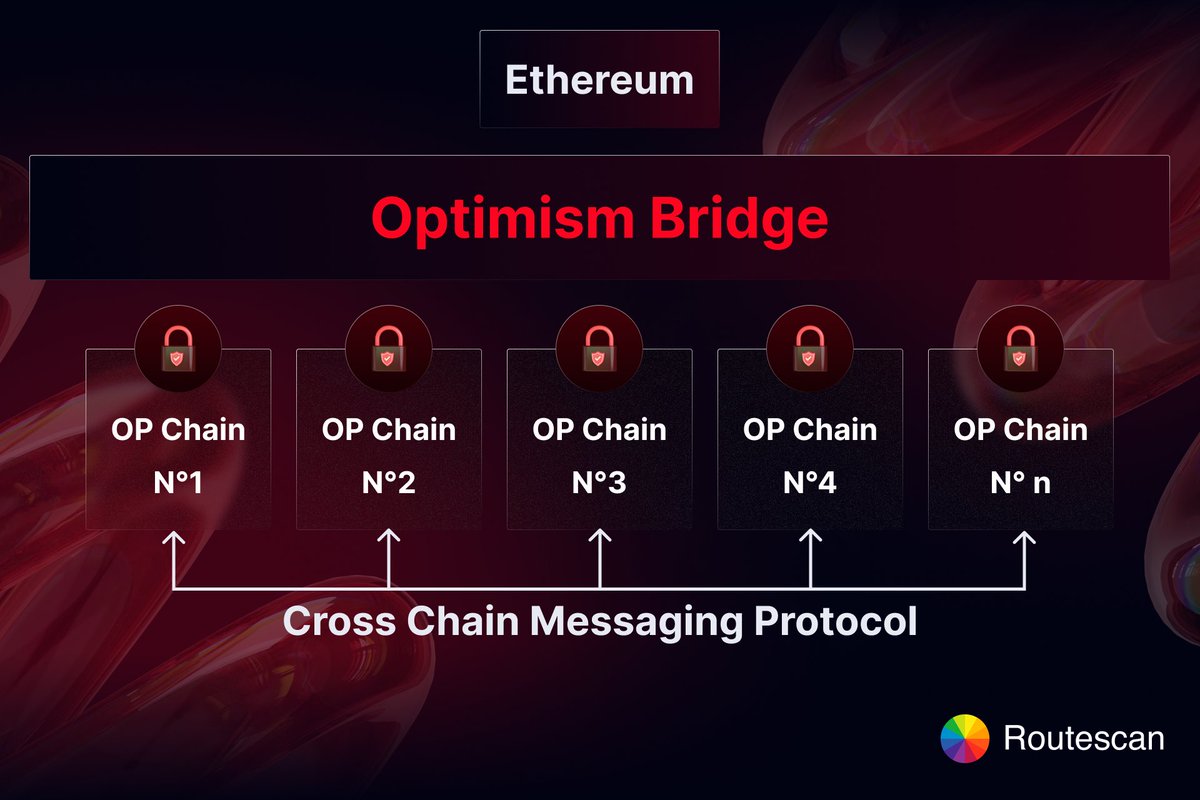
Native Message Passing Protocol: Enables secure, cross-chain communication so OP Chains can read and write data across the Superchain, facilitating seamless dApp and asset interactions.
-
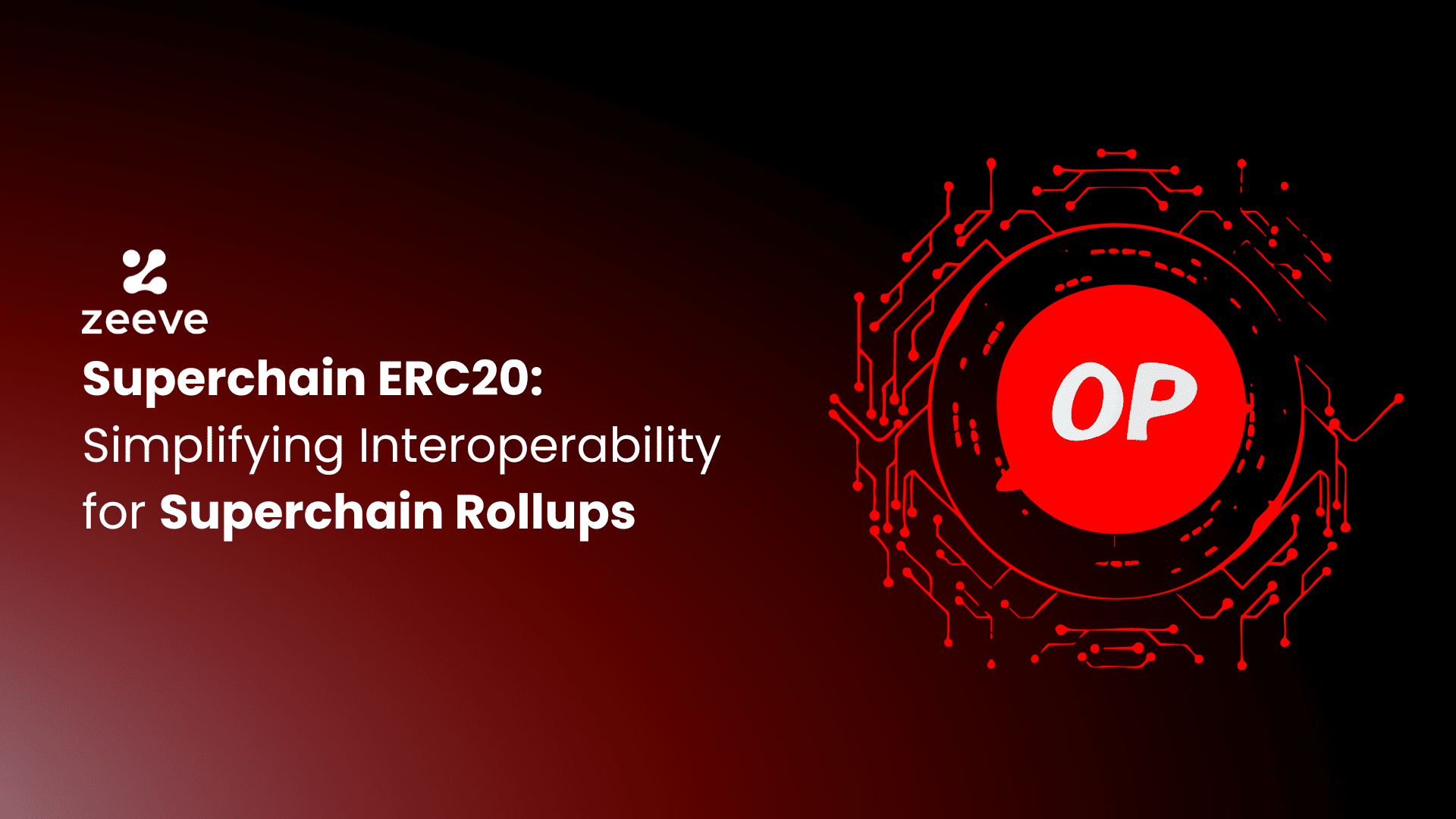
SuperchainERC20 Token Standard: Standardizes bridged tokens across all OP Chains, ensuring consistent asset representation and reducing liquidity fragmentation throughout the ecosystem.
-
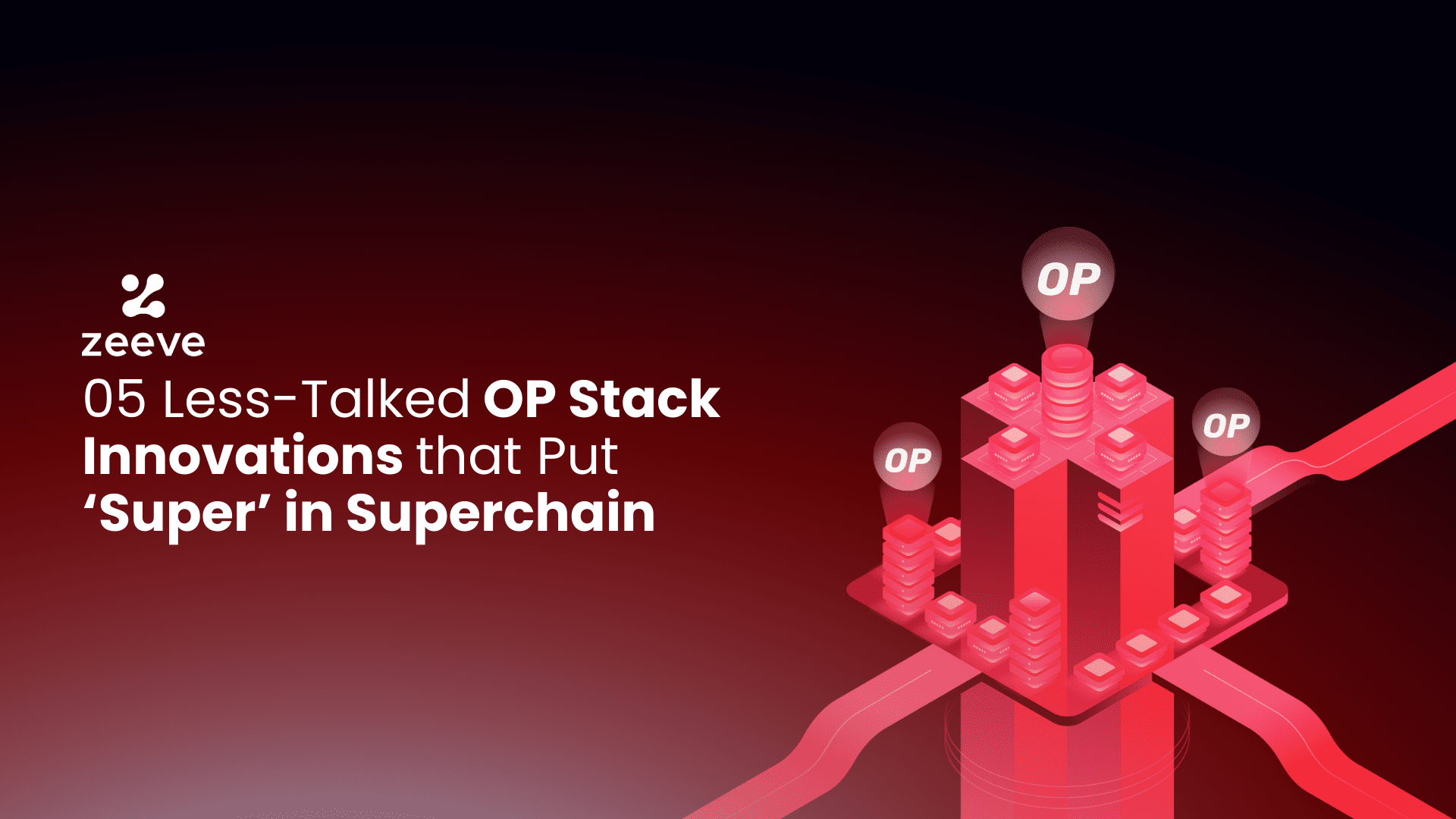
Interoperable Chain Set: Provides a unified framework allowing all OP Stack rollup chains to access, interpret, and share data, making cross-chain state reads and writes reliable for developers.
-
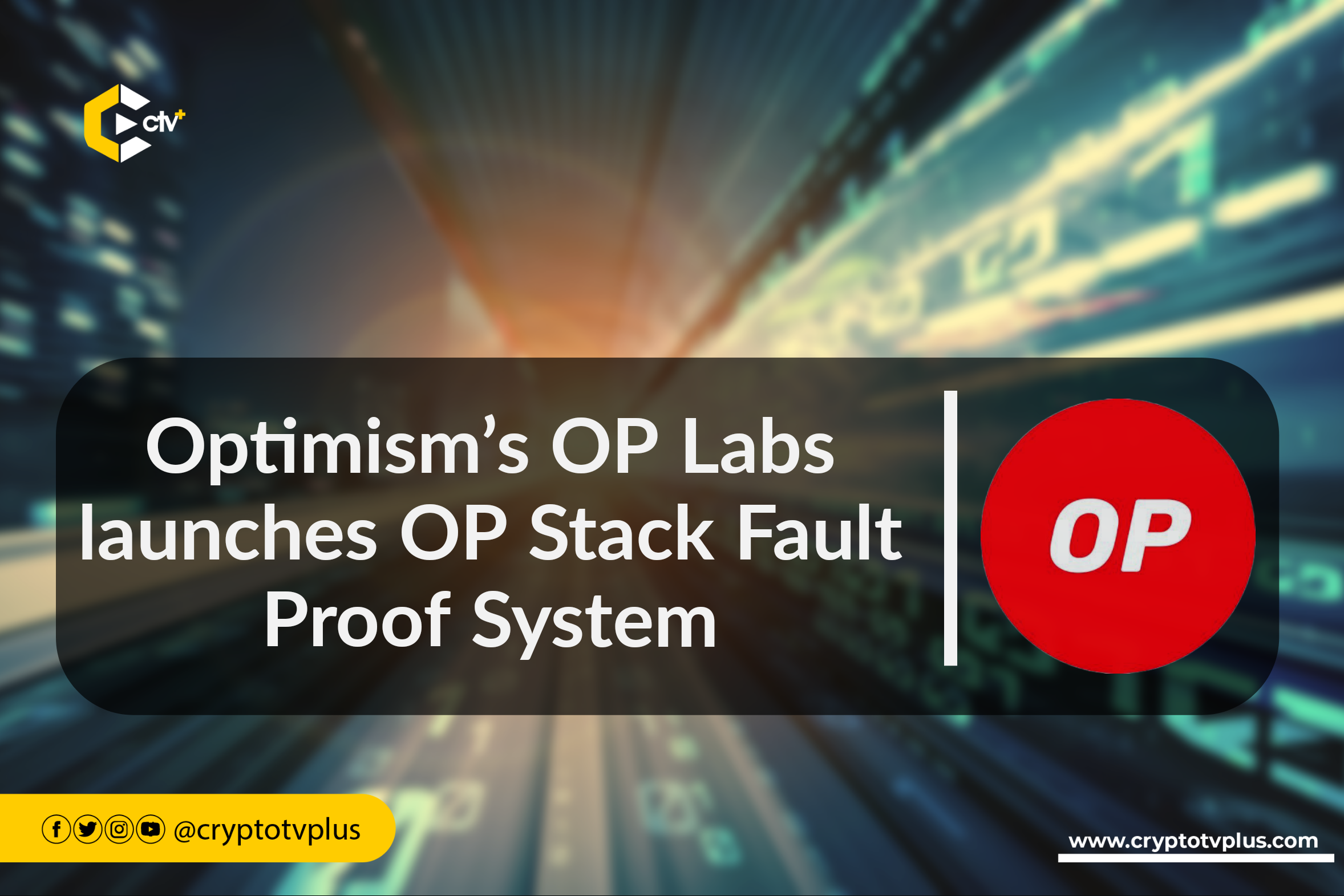
Shared Interop Fault Proof System: Introduces a cross-chain fault proof mechanism, enhancing security by enabling fault proofs between multiple OP Chains and safeguarding cross-chain operations.
-

ERC-7683 dApp Layer Integration: Leverages the ERC-7683 standard (proposed by Uniswap and Across) to enable seamless, unified user experiences and liquidity across all Optimism chains and Ethereum.
The Four Pillars of OP Stack Interoperability
The protocol layer enabling multi-rollup interaction in the Superchain consists of four main building blocks:
- Message Passing Protocol: Enables cross-chain messaging so that contracts on one OP Chain can read or write data to another chain in real time.
- SuperchainERC20 Token Standard: Ensures consistent representation and bridging of tokens across all participating chains.
- Interoperable Chain Set: Provides shared access to state data, so dApps can query balances or contract states across chains without friction.
- Shared Interop Fault Proof System: Allows for fault proofs between multiple chains at once, boosting both security and reliability for cross-chain actions.
Together, these elements are designed not only to make asset transfers seamless but also to support advanced use cases like unified DeFi liquidity pools and cross-chain governance mechanisms. For developers, this means less time re-inventing infrastructure, and more time focusing on differentiated user experiences.
The Roadmap: From Devnet to Mainnet Integration
The rollout of these interoperability features follows a pragmatic three-stage launch sequence:
- Devnet Launch: Early access for developers to test protocols and provide feedback.
- Testnet Launch: Broader community testing with live message passing and token bridging enabled.
- Mainnet Launch: Full deployment of all interoperability components across production OP Chains.
This staged approach allows for iterative improvements while ensuring robust security at each step, a critical factor given the high-value assets flowing through these systems. As highlighted by recent coverage on Blockworks, this roadmap puts Optimism at the forefront of practical multi-rollup integration (source). For users and builders alike, it means we’re moving closer to an environment where applications can span multiple rollups without sacrificing speed or composability.
One of the most exciting aspects of the OP Stack’s interoperability vision is its embrace of open standards like ERC-7683, a protocol co-developed by Uniswap and Across. This standard is designed to enable dApps to communicate natively across all OP Chains and Ethereum, effectively dissolving the boundaries between rollups at the application layer. For end users, this means that liquidity, governance votes, and even NFTs can move frictionlessly between chains, no more clunky bridges or fragmented user interfaces.
Unlocking Superchain Use Cases: Real Examples
With these interoperability primitives in place, developers are already experimenting with new use cases that were previously impractical. Consider unified DeFi protocols where liquidity pools span multiple OP Chains, or games where assets and player progress are portable between different rollup environments. Financial access initiatives like World Chain are leveraging these features to provide seamless onboarding and cross-chain verification for users worldwide.
Top Real-World Use Cases Enabled by OP Stack Interoperability
-
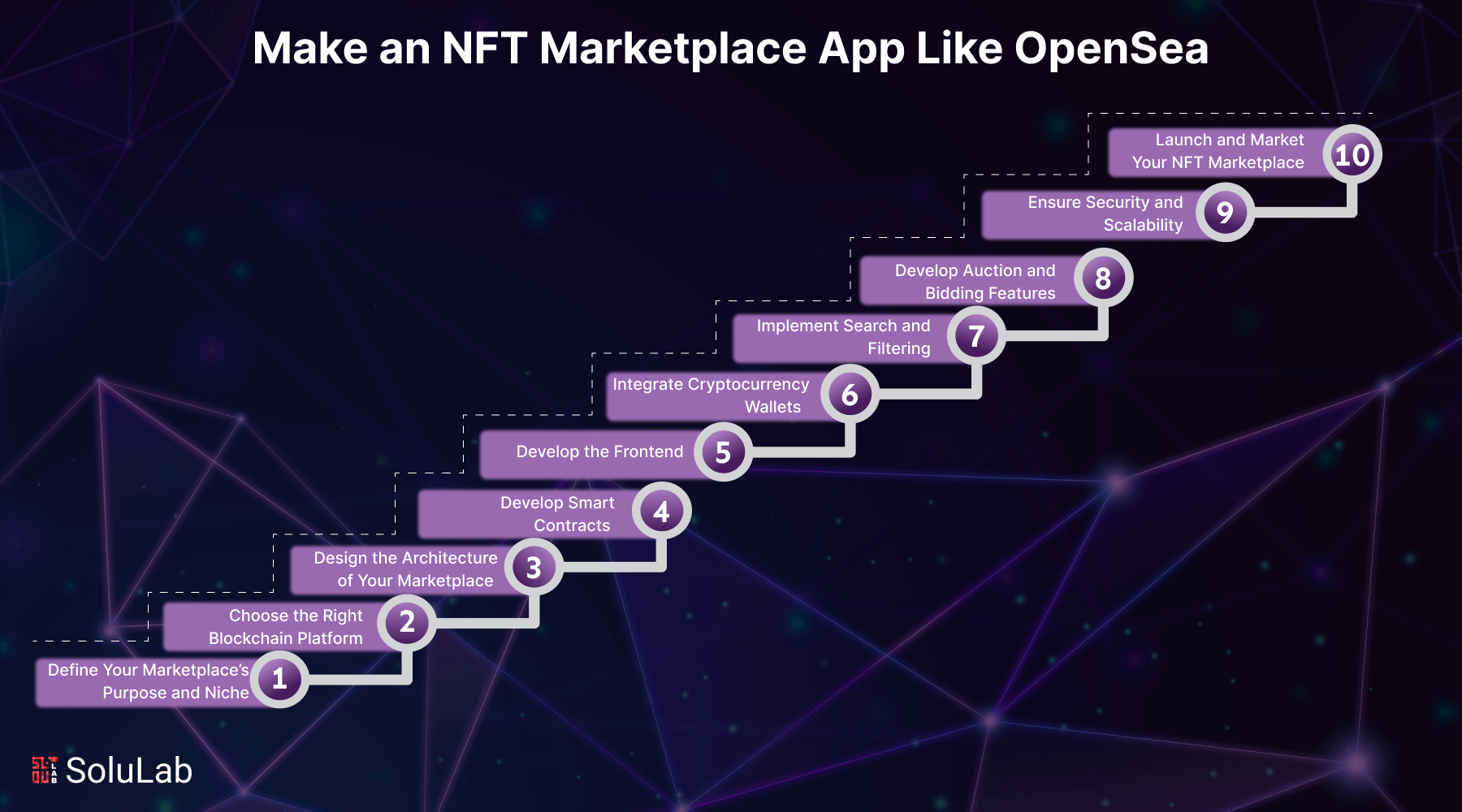
Cross-Chain NFT Transfers and Marketplaces: Platforms such as Quix are exploring OP Stack’s message passing protocol to support NFT transfers and unified marketplaces, allowing users to trade and manage NFTs across multiple OP Chains without bridging complexities.
-
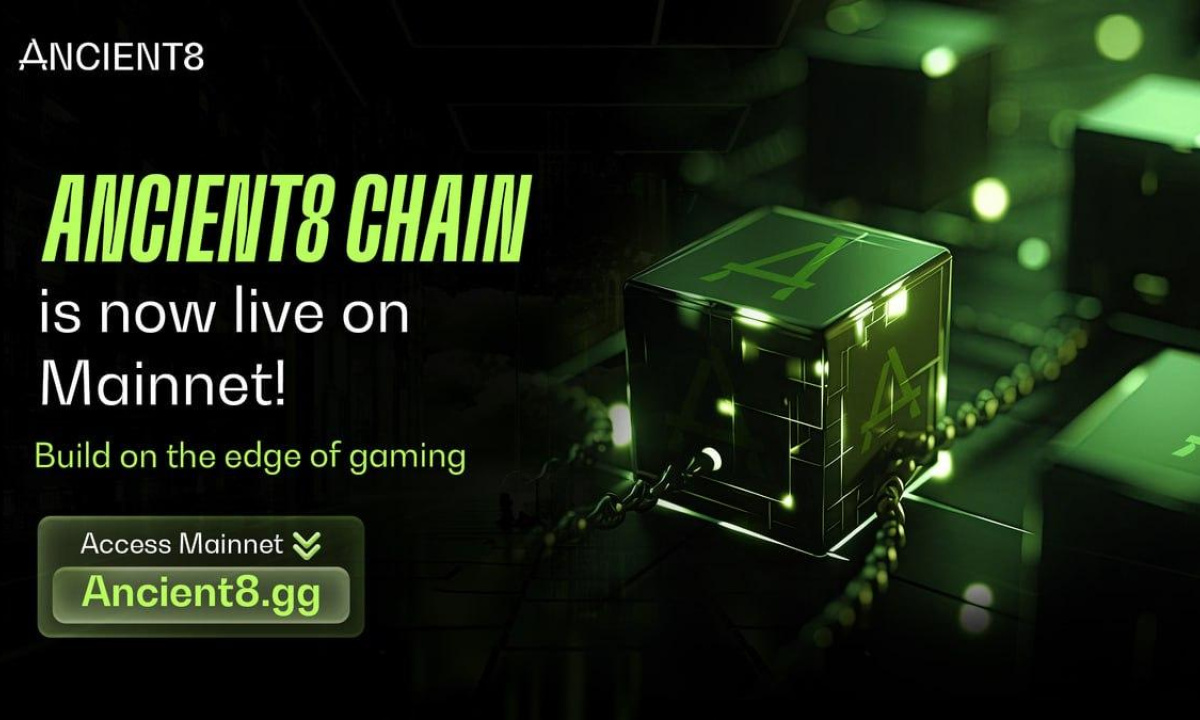
Composable dApps and Shared State: Developers can build composable decentralized applications that read and write data across OP Chains, as demonstrated by projects like Ancient8, which utilize the Interoperable Chain Set for unified gaming experiences and on-chain identity management.
-
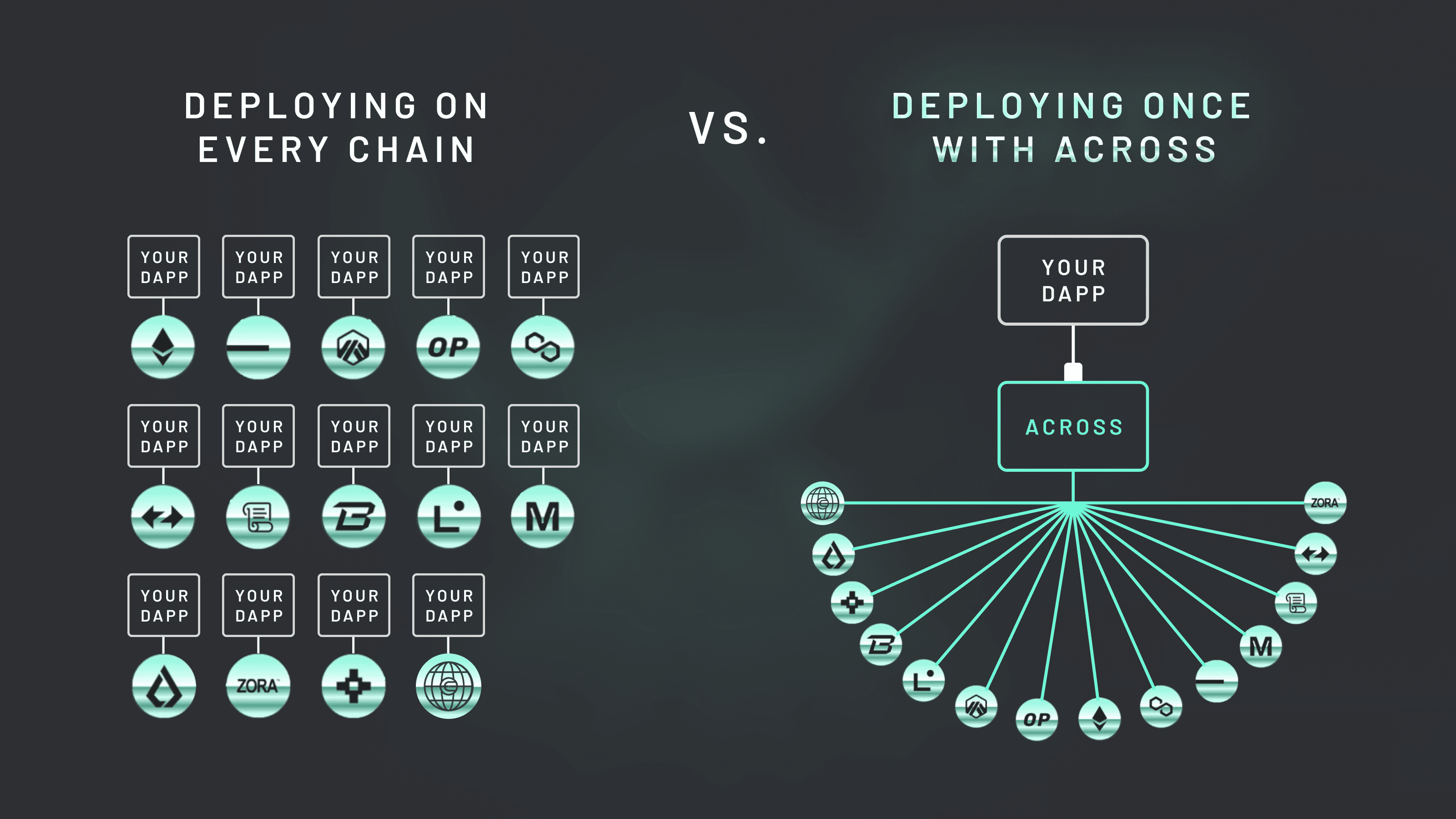
Decentralized Identity and Verification: The World Chain project leverages OP Stack interoperability to enable anonymous verification and cross-chain identity solutions, facilitating secure and privacy-preserving access to financial services within the Superchain.
For projects building on the OP Stack, this shared infrastructure means lower setup costs, faster deployment cycles, and a much broader addressable market. The ability to read state from any chain in the Superchain also unlocks sophisticated cross-chain analytics and risk management tools, an essential capability as DeFi protocols become increasingly multi-chain.
Security, Liquidity, and the End of Fragmentation
Perhaps most critically, native interoperability tackles two persistent pain points in blockchain scaling: liquidity fragmentation and security trade-offs. By standardizing token representations (via SuperchainERC20), assets can flow freely without requiring bespoke bridges for each new chain. Meanwhile, the shared fault proof system ensures that security guarantees extend across all participating rollups, not just isolated silos.
The result is a composable ecosystem where innovation compounds rather than competes. As more chains join the Superchain using the OP Stack’s standardized modules, network effects intensify: more liquidity, more users, greater developer mindshare. This is how blockchain scalability moves from isolated experiments to an integrated economic fabric.
“Superchain interoperability isn’t just about moving tokens; it’s about enabling new forms of collective action across decentralized networks. “
What Comes Next for Multi-Rollup Architecture?
The path ahead will see continued refinement of both protocol standards and developer tooling. As we move from testnet experimentation to mainnet reality, expect to see:
- Wider adoption of ERC-7683 across leading dApps
- More granular analytics tools leveraging cross-chain state reads
- Emergence of unified governance models spanning multiple OP Chains
- Smoother user experiences as wallet providers integrate native message passing support
The Superchain vision remains ambitious but grounded in practical engineering milestones, and it’s already changing how teams think about deploying scalable applications on Ethereum.
If you’re considering building in this ecosystem or simply want to stay ahead of the curve as an investor or user, now is the time to watch how these interoperability features evolve in real-world deployments. The race toward a truly unified multi-rollup future is well underway, and thanks to innovations like those within the OP Stack, it’s no longer a distant dream but an emerging reality.
